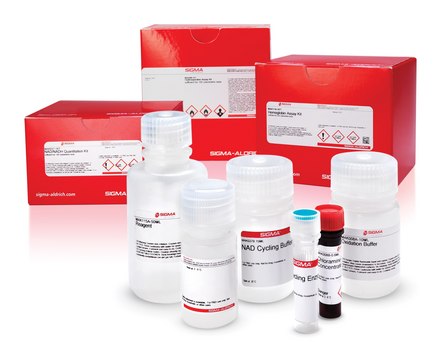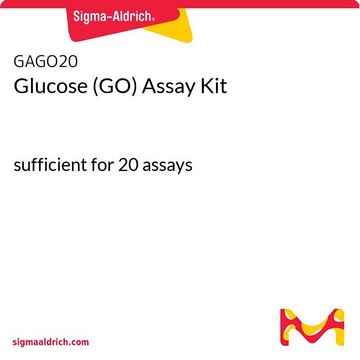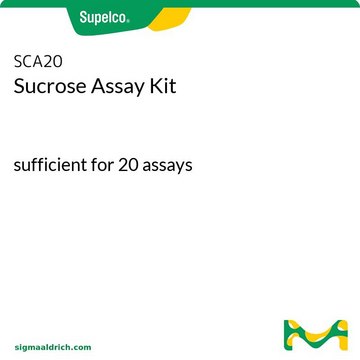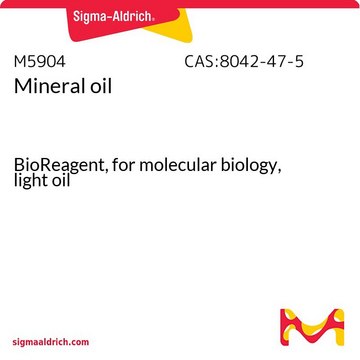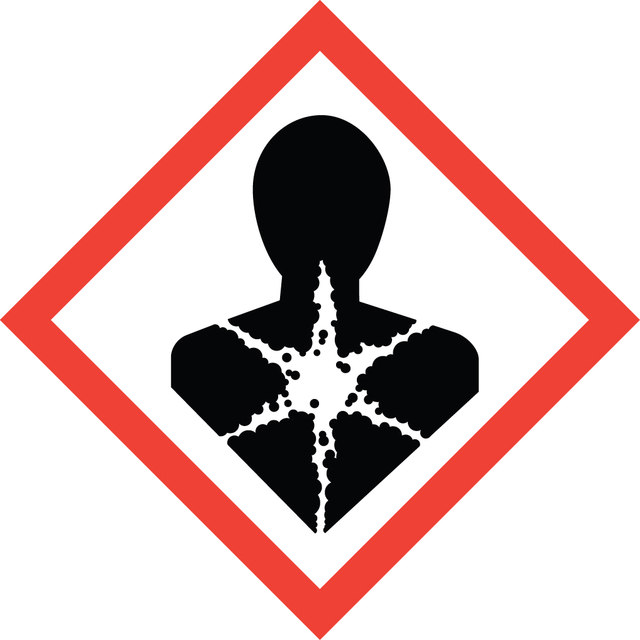MAK019
Maltose Assay Kit
sufficient for 100 colorimetric or fluorometric tests
Sign Into View Organizational & Contract Pricing
All Photos(3)
About This Item
UNSPSC Code:
12161503
NACRES:
NA.84
Recommended Products
usage
sufficient for 100 colorimetric or fluorometric tests
application(s)
cosmetics
food and beverages
detection method
colorimetric
fluorometric
relevant disease(s)
endocrinological disorders, diabetes
storage temp.
−20°C
General description
The new Maltose Assay Kit, MAK513, is now available! Maltose is a disaccharide containing two glucose molecules with an a(1→4) glycosidic linkage. Maltose can be derived from starch in food through the action of amylase. Maltose can be found in many food products, including beer, cereals, and pasta.
Suitability
Suitable for the direct detection of maltose in a variety of samples, including serum, plasma, food, or growth media.
Principle
The Maltose Assay kit provides a simple and direct procedure for measuring maltose in a variety of samples, including serum, plasma, food, or growth media. In this kit, maltose is converted to two glucose units via α-D-Glucosidase. Glucose is further oxidized, resulting in a colorimetric (570 nm)/fluorometric (λex = 535/λem = 587 nm) product, proportional to the maltose present.
replaced by
Product No.
Description
Pricing
Signal Word
Danger
Hazard Statements
Precautionary Statements
Hazard Classifications
Aquatic Chronic 3 - Resp. Sens. 1
Storage Class Code
10 - Combustible liquids
Flash Point(F)
188.6 °F - closed cup
Flash Point(C)
87 °C - closed cup
Regulatory Information
常规特殊物品
Choose from one of the most recent versions:
Certificates of Analysis (COA)
Lot/Batch Number
Don't see the Right Version?
If you require a particular version, you can look up a specific certificate by the Lot or Batch number.
Already Own This Product?
Find documentation for the products that you have recently purchased in the Document Library.
Xiao-Mei Zhu et al.
Royal Society open science, 6(4), 190418-190418 (2019-06-12)
The production of secondary metabolites, while important for bioengineering purposes, presents a paradox in itself. Though widely existing in plants and bacteria, they have no definite physiological roles. Yet in both native habitats and laboratories, their production appears robust and
Mamta Rai et al.
Cell metabolism, 33(6), 1137-1154 (2021-03-28)
Neurodegeneration in the central nervous system (CNS) is a defining feature of organismal aging that is influenced by peripheral tissues. Clinical observations indicate that skeletal muscle influences CNS aging, but the underlying muscle-to-brain signaling remains unexplored. In Drosophila, we find
Our team of scientists has experience in all areas of research including Life Science, Material Science, Chemical Synthesis, Chromatography, Analytical and many others.
Contact Technical Service